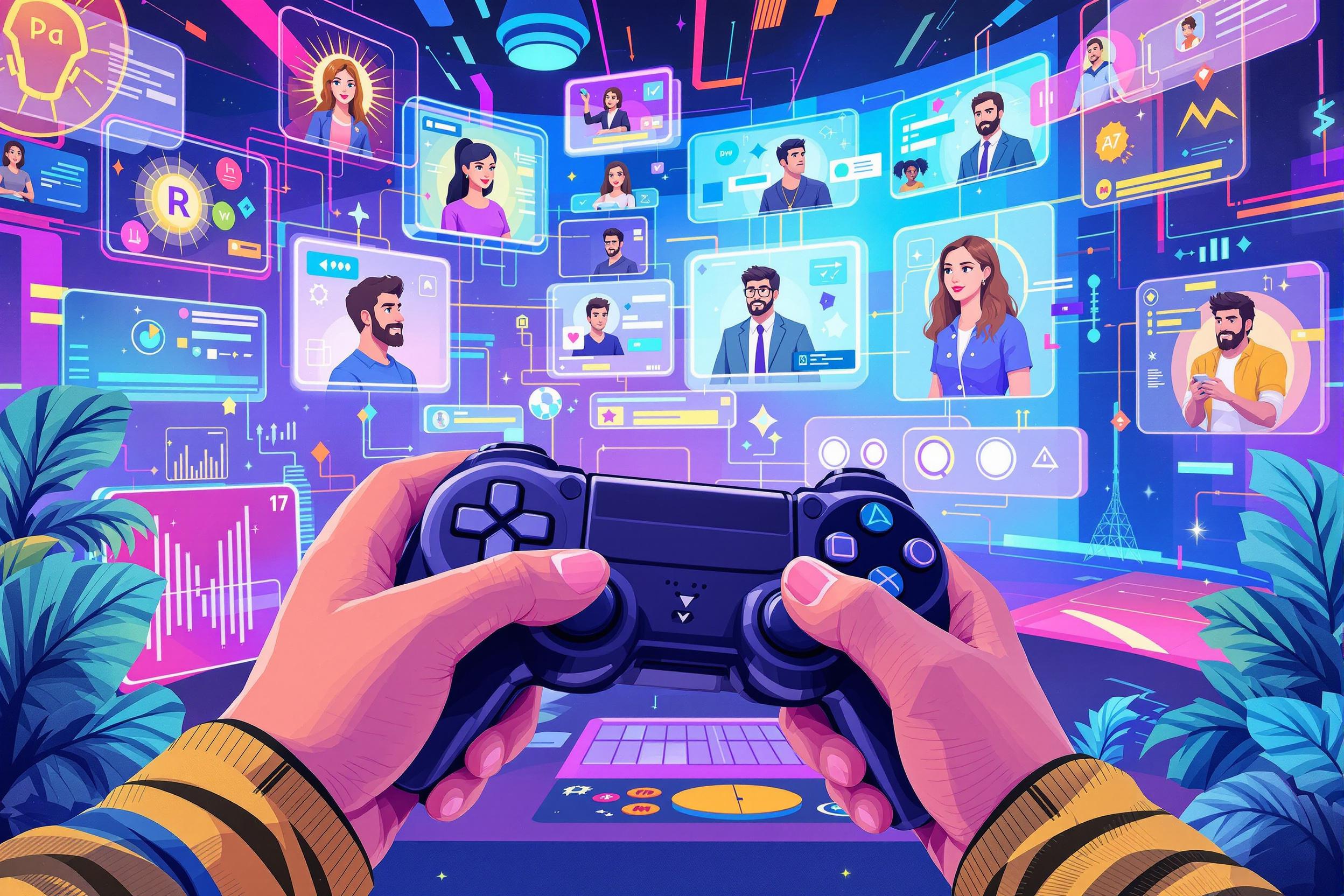
Gamification
Gamification is a teaching approach that brings game-like elements into the classroom to make learning more engaging and fun. It involves using things like point systems, badges, rewards, and friendly competition to motivate students. Think of it like turning a regular lesson into something that feels more like a game - where students can "level up" as they learn, earn rewards for completing tasks, and track their progress. This method helps keep students interested and makes them want to participate more actively in their learning. Some people also call this "game-based learning" or "educational gaming."
Examples in Resumes
Increased student engagement by 40% through implementing Gamification strategies in math lessons
Created Gamification system with digital badges to track and reward student progress
Developed Gamified curriculum that improved homework completion rates by 35%
Used Game-Based Learning techniques to enhance student participation in science classes
Typical job title: "Gamification Specialists"
Also try searching for:
Where to Find Gamification Specialists
Professional Networks
Educational Resources
Conferences & Events
Example Interview Questions
Senior Level Questions
Q: How would you design a school-wide gamification system that aligns with curriculum standards?
Expected Answer: Look for answers that discuss creating a comprehensive plan that balances fun with learning objectives, includes assessment methods, and considers different subject areas and student age groups. They should mention teacher training and measuring educational outcomes.
Q: How do you evaluate the effectiveness of gamification in education?
Expected Answer: Strong answers should include measuring student engagement, tracking academic performance, gathering feedback from students and teachers, and using data to make improvements to the system.
Mid Level Questions
Q: What gamification elements have you found most effective in motivating different age groups?
Expected Answer: Should discuss various approaches like point systems, badges, leaderboards, and how different age groups respond to various motivational techniques. Should include specific examples from their experience.
Q: How do you balance fun and educational value in gamified activities?
Expected Answer: Look for answers that show understanding of maintaining educational goals while making activities engaging, with examples of successful activities they've implemented.
Junior Level Questions
Q: What basic gamification techniques do you use in your classroom?
Expected Answer: Should be able to describe simple reward systems, point tracking, or basic game-like activities they've used to engage students.
Q: How do you introduce gamification to students who are new to this learning style?
Expected Answer: Should explain methods for gradually introducing game elements, setting clear rules, and helping students understand how to participate.
Experience Level Indicators
Junior (0-2 years)
- Basic reward systems implementation
- Simple point tracking
- Classroom management with game elements
- Understanding of student motivation
Mid (2-5 years)
- Digital badge systems
- Progress tracking tools
- Multiple gamification strategies
- Student engagement analysis
Senior (5+ years)
- Curriculum-wide gamification design
- Teacher training and development
- Educational outcome assessment
- Program evaluation and improvement
Red Flags to Watch For
- No understanding of educational objectives
- Focus only on games without learning goals
- Lack of experience with different age groups
- Unable to measure learning outcomes
- No knowledge of classroom management
Need more hiring wisdom? Check these out...

Level Up Your Hiring Game: How Gamification is Revolutionizing Talent Acquisition

How Internal Gig Marketplaces Revolutionize Employee Development

How Collaborative Goal Setting Transforms Team Culture

